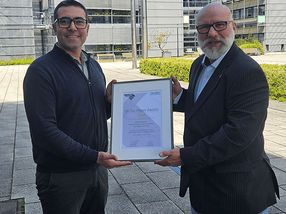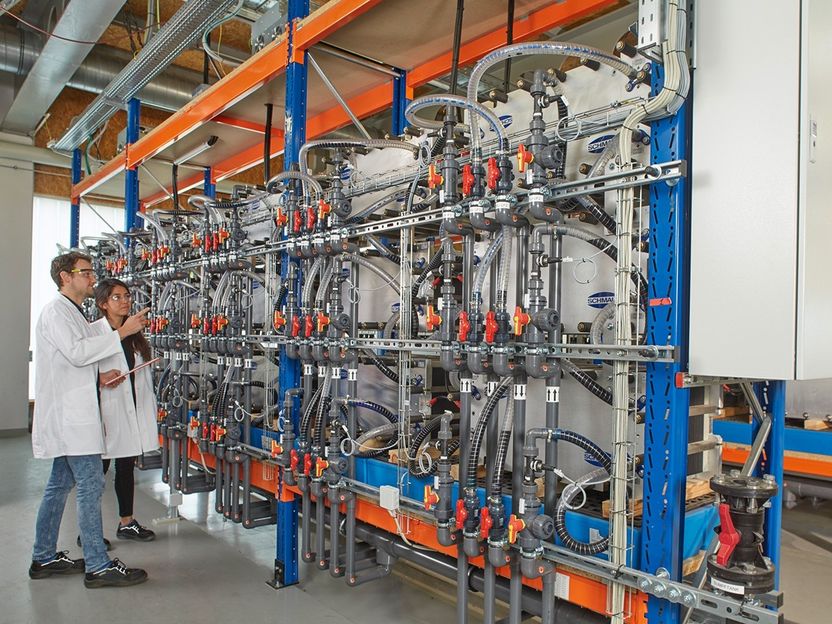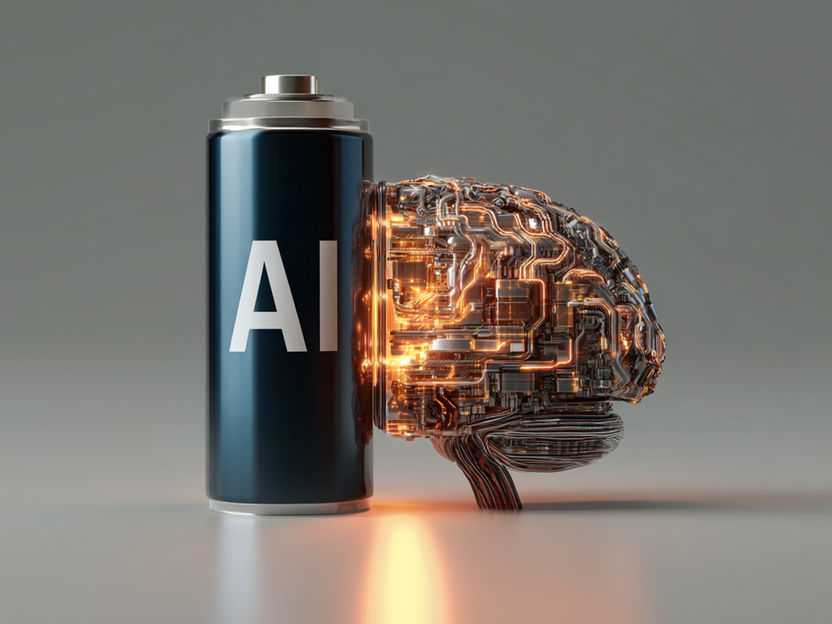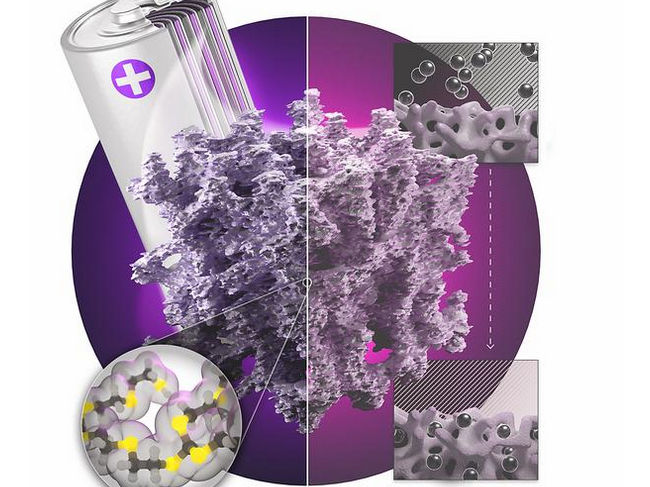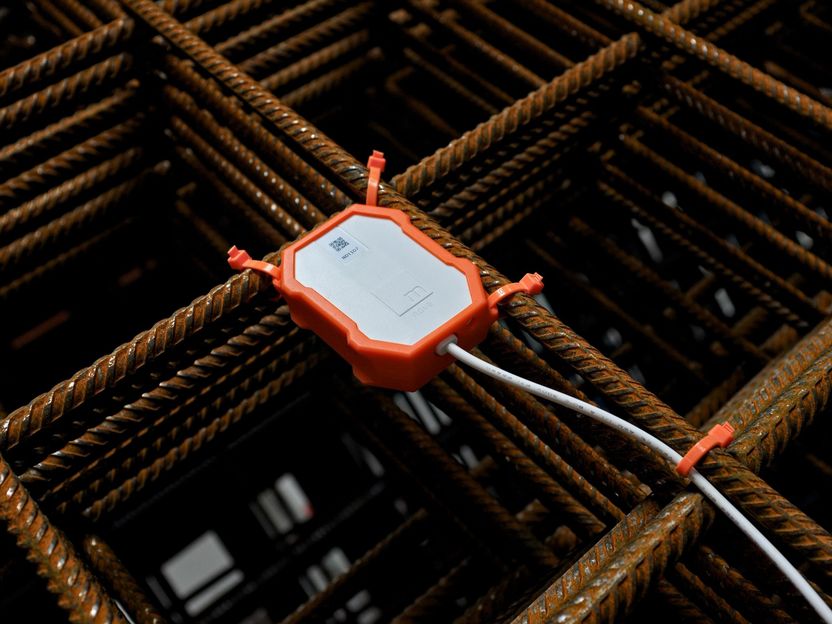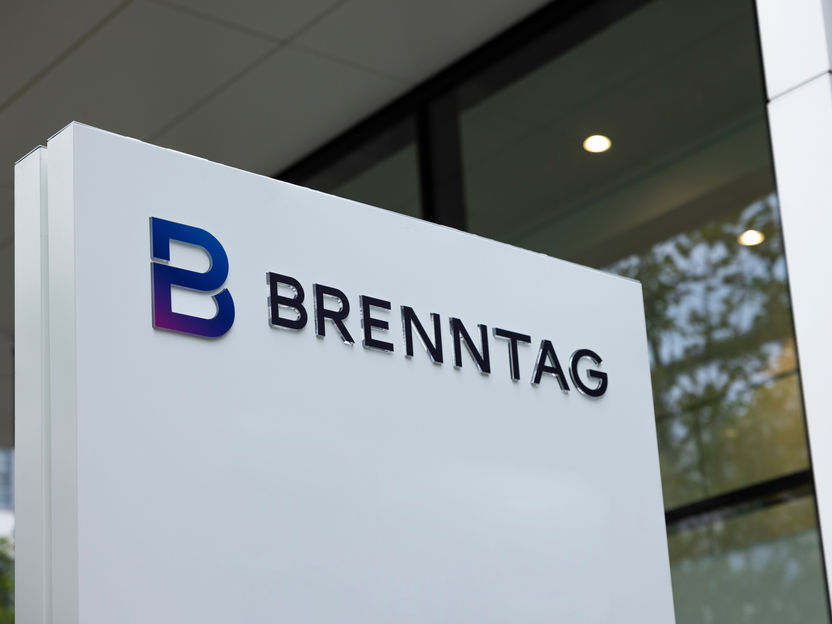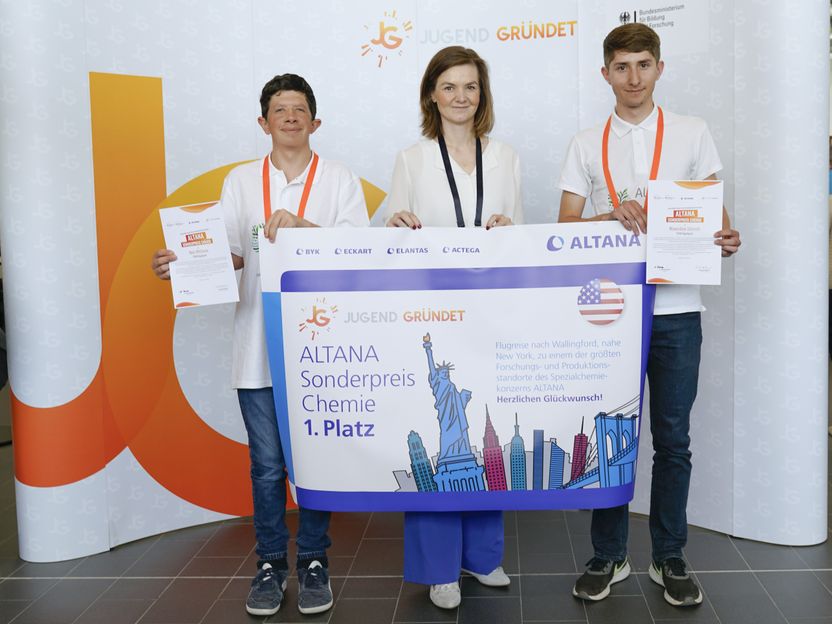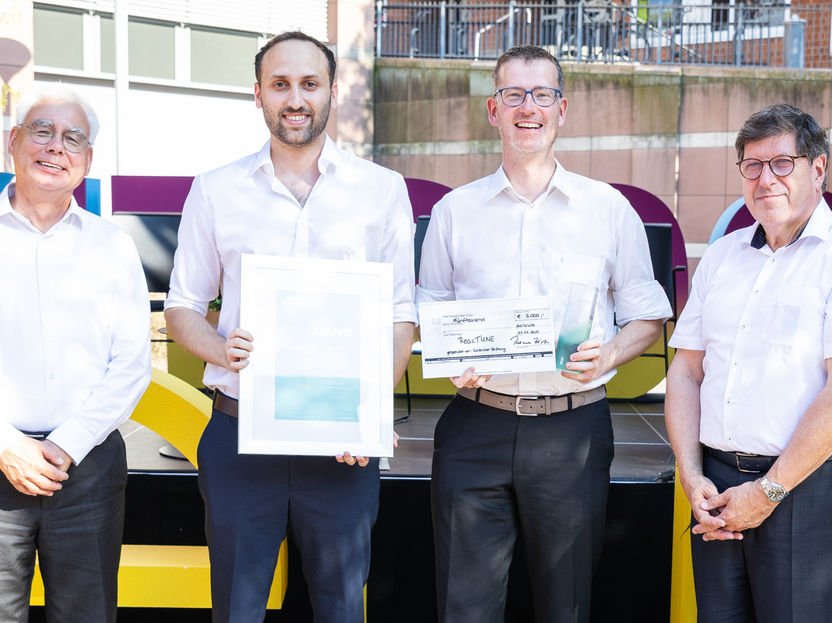Sevenfold boost in lifespan of anode-free all-solid-state batteries using MoS₂ thin films
Employing cost-effective MoS₂ thin films in place of expensive noble metals resolves issues of non-uniform lithium plating and interfacial instability in anode-free all-solid-state batteries
South Korean researchers have developed a technology that improves the lifespan of next-generation anode-free all-solid-state batteries (AFASSBs) by sevenfold using a cost-effective two-dimensional material.
A collaborative team led by Dr. Ki-Seok An and Dr. Dong-Bum Seo of the Korea Research Institute of Chemical Technology (KRICT), along with Prof. Sangbaek Park’s group at Chungnam National University, successfully enhanced the durability of AFASSBs by applying a molybdenum disulfide (MoS₂) sacrificial layer grown via metal–organic chemical vapor deposition (MOCVD) onto stainless steel (SUS) current collectors.
Conventional lithium-ion batteries use liquid electrolytes and can suffer from lithium dendrite growth during charging—especially due to uneven lithium deposition on the anode surface—which may pierce the separator and cause short circuits or thermal runaway. Solid-state batteries (SSBs), which replace flammable liquid electrolytes with solid-state electrolytes (SEs), offer enhanced safety, higher energy density, and stable performance at low temperatures.
Going a step further, AFASSBs eliminate the anode entirely during fabrication. Instead, lithium ions migrate from the cathode during the initial charge and plate on the current collector, forming a lithium layer. This structure maximizes energy density by reducing cell volume. However, repeated lithium plating/stripping at the SE–current collector (CC) interface often leads to interfacial instability and reduced cycle life. Although noble metal coatings (e.g., Ag, In) have been used to stabilize the interface, their high cost and complex processing hinder commercialization.
To overcome these challenges, the researchers applied low-cost MoS₂ nanosheet thin films to the SUS CCs using MOCVD. During cycling, MoS₂ undergoes a conversion reaction with lithium to form Mo metal and lithium sulfide (Li₂S), which act as a lithiophilic interfacial layer. This interlayer helps suppress dendritic lithium growth and improves interfacial stability.
In tests, batteries with MoS₂-coated CCs demonstrated stable operation for over 300 hours, whereas cells using bare SUS short-circuited after about 95 hours—a 3.2-fold improvement. Full cells with MoS₂ layers also achieved 1.18 times higher initial discharge capacity (136.1 → 161.1 mAh/g) and sevenfold improved capacity retention (8.3% → 58.9% after 20 cycles).
While still at an early stage of development, the research team anticipates practical implementation by 2032. They emphasized the significance of replacing noble metals with low-cost MoS₂ in advancing AFASSBs. KRICT President Young-Kuk Lee stated, “This is a core next-generation technology that could accelerate the commercialization of all-solid-state batteries across various applications.”
Original publication
Dong-Bum Seo, Dohun Kim, Mee-Ree Kim, Jimin Kwon, Hyeong Jun Kook, Saewon Kang, Soonmin Yim, Sun Sook Lee, Dong Ok Shin, Ki-Seok An, Sangbaek Park; "Tailoring Artificial Solid Electrolyte Interphase via MoS2 Sacrificial Thin Film for Li-Free All-Solid-State Batteries"; Nano-Micro Letters, Volume 17, 2025-4-18
Other news from the department science
Most read news
More news from our other portals
See the theme worlds for related content
Topic World Battery Technology
The topic world Battery Technology combines relevant knowledge in a unique way. Here you will find everything about suppliers and their products, webinars, white papers, catalogs and brochures.

Topic World Battery Technology
The topic world Battery Technology combines relevant knowledge in a unique way. Here you will find everything about suppliers and their products, webinars, white papers, catalogs and brochures.

















